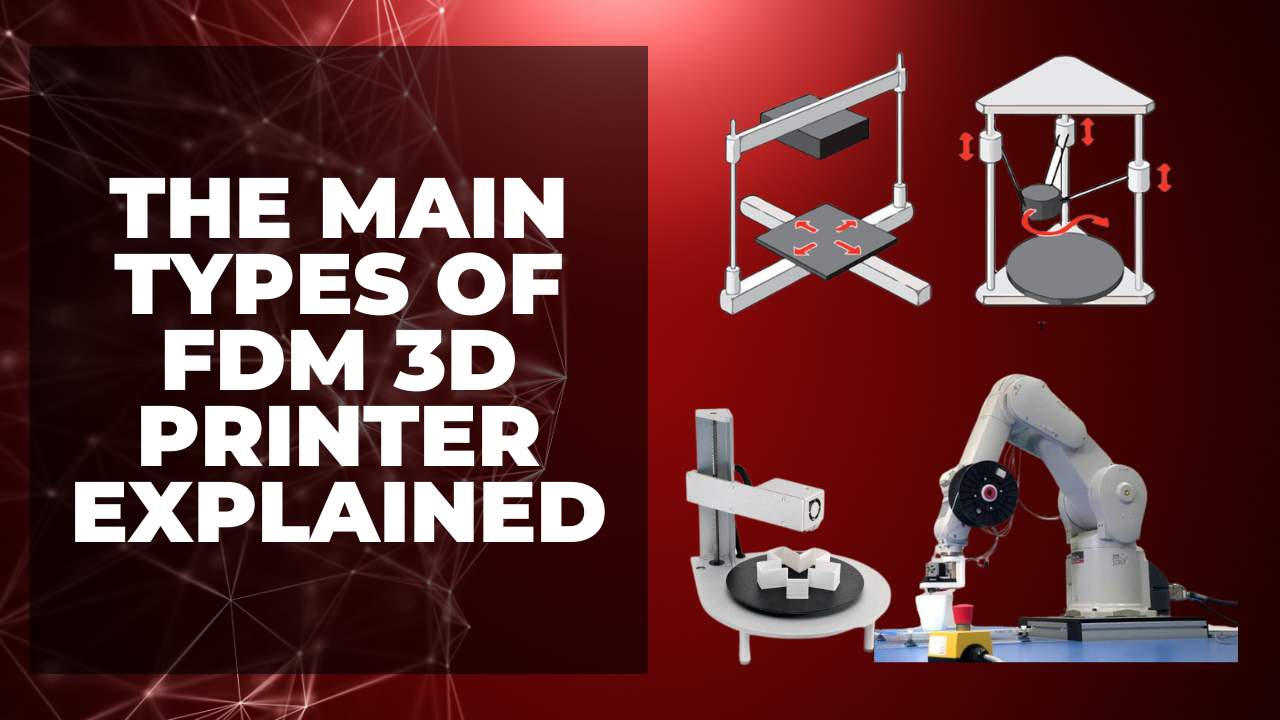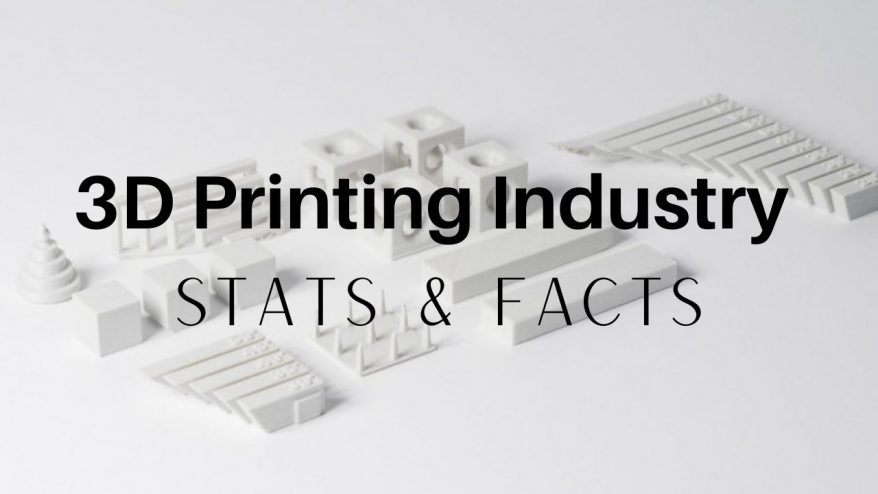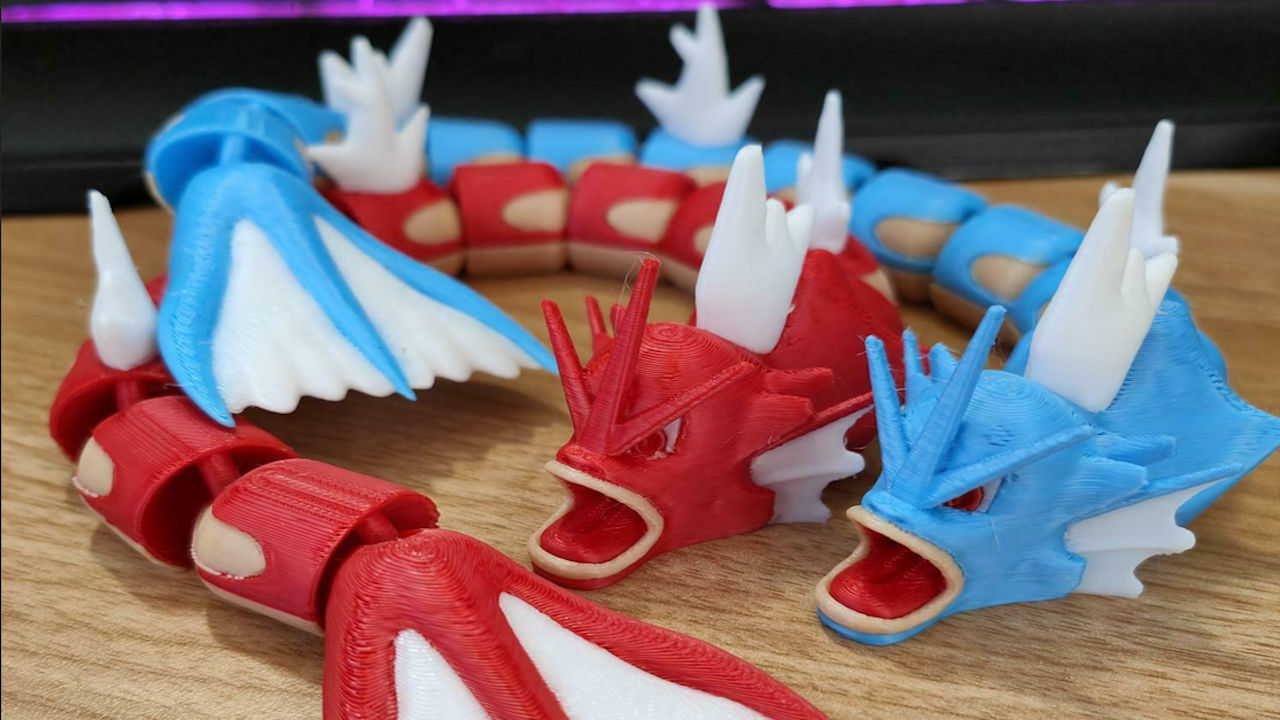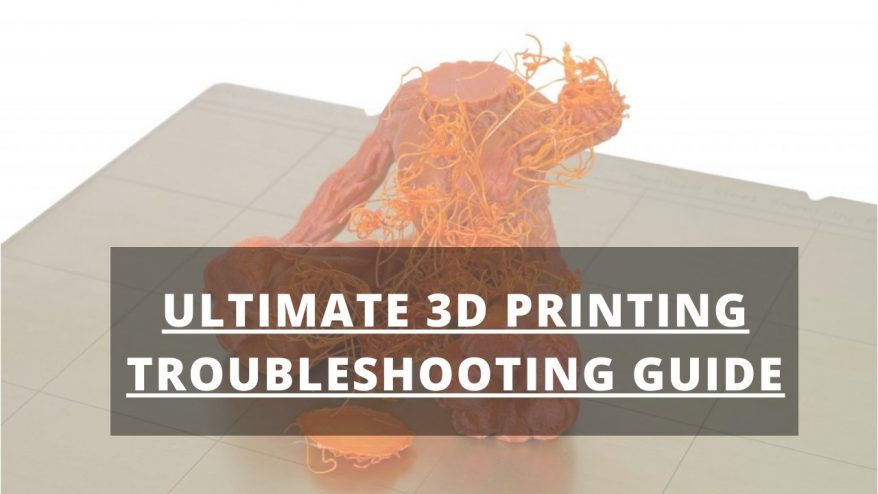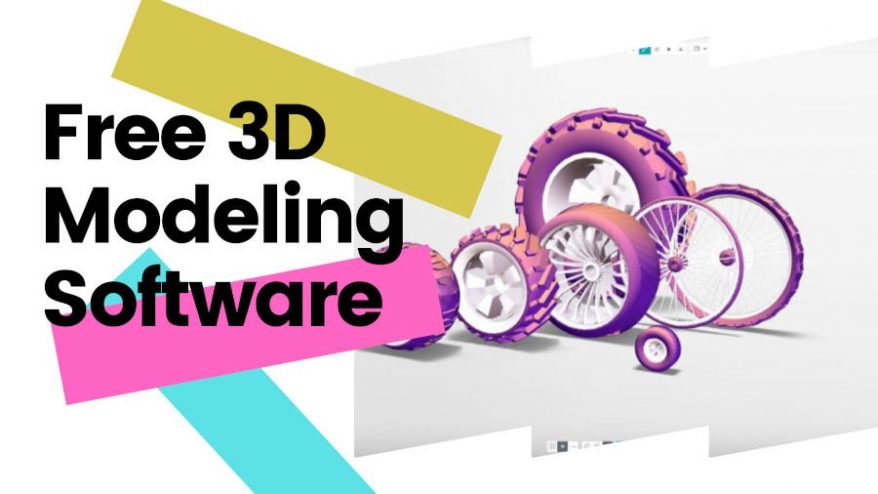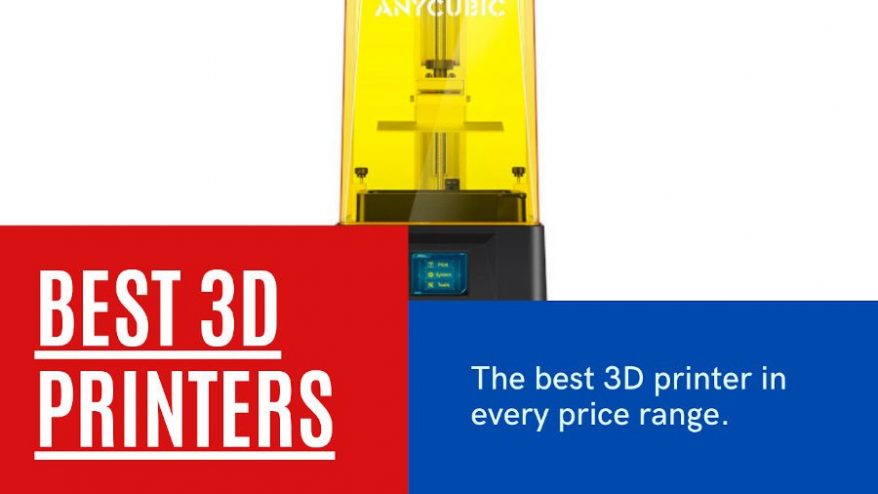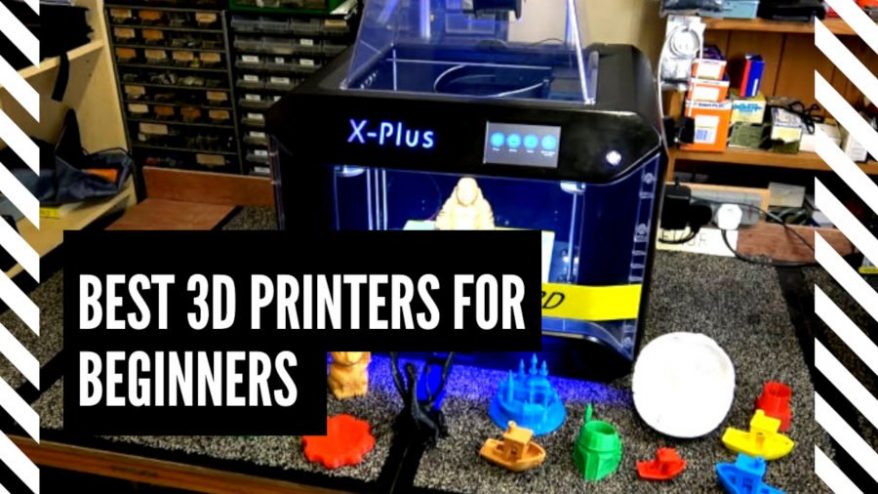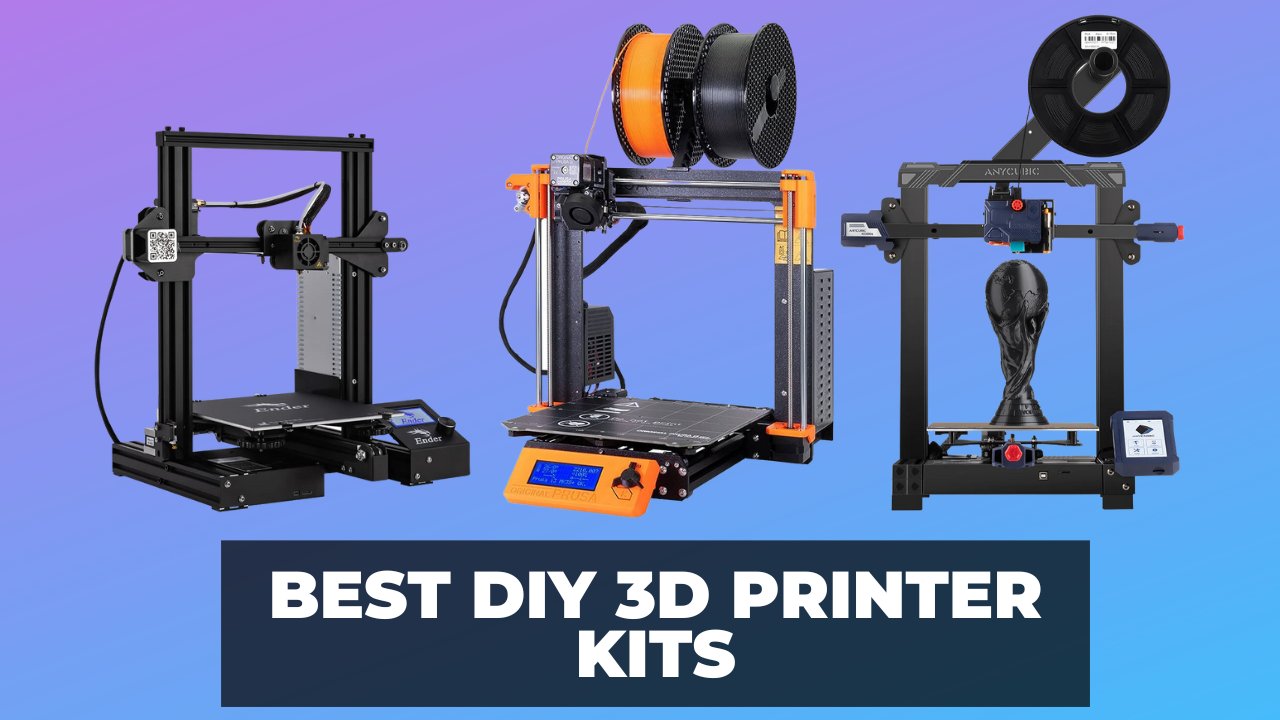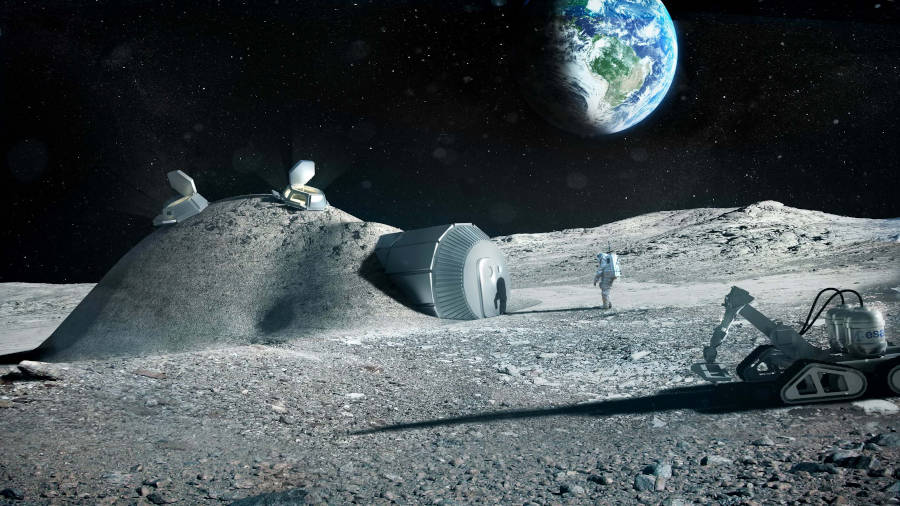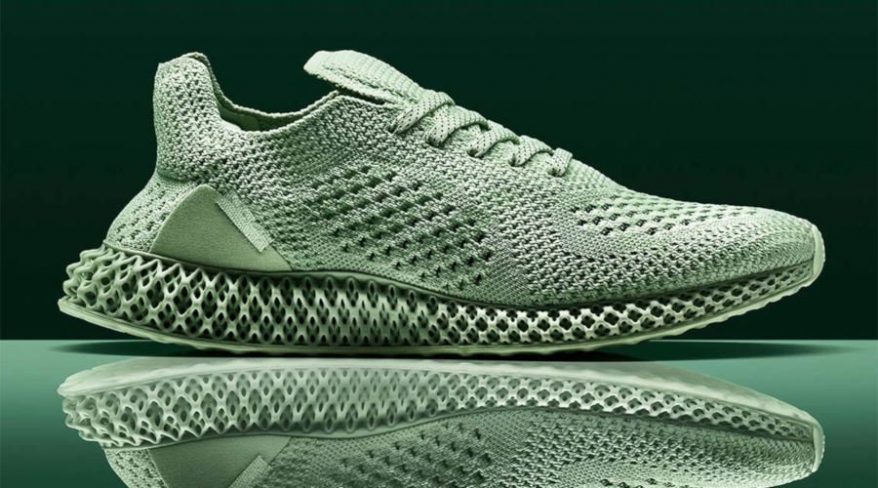3D printing projects for engineers are a step beyond easy beginner creations. These projects involve intricate, multi-part designs that require a significant level of skill, time, and effort.
If you’re an engineer, an avid builder, or simply someone looking for a challenging project with remarkable results, you’ve come to the right place.
I’ve curated a list of over my 24 favorite 3D printing projects specifically for engineers, ranging from intricate clocks to high-performance turbines and even robotic pets.
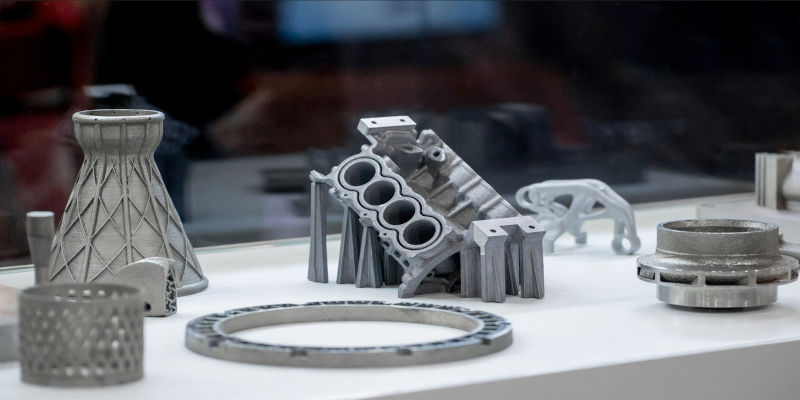
These projects not only serve as functional mechanisms but also as valuable educational tools for engineering students.
Whether you’re interested in timekeeping mechanisms like the Self-Winding Pendulum Clock, remote-controlled Cars, Planes, and Drones, or even making your own Robo-Pet companion, I’ve covered something for everyone
Dive into our list to discover these and many more exciting projects, and stay with us as we explore the future of 3D printing in engineering.
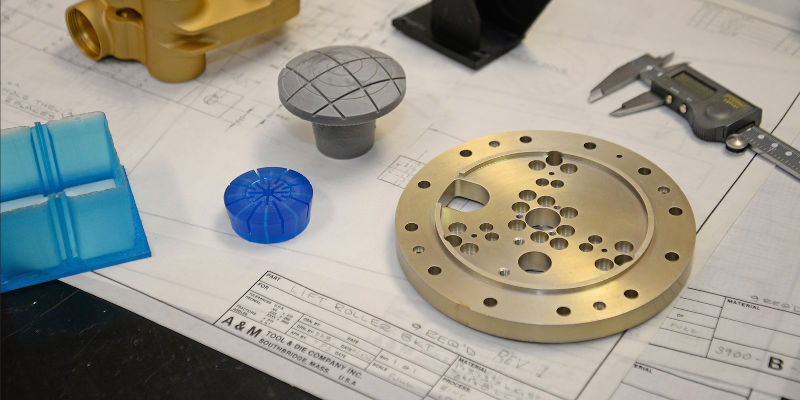
3D Printed Engineering Projects
- Clocks – From Self-Winding to Smart Tech
- RC Vehicles – Cars, Planes, and Drones
- Turbines – Wind, Solar, and Hydroelectric
- Robo-Pets – 3D Printed Robotic Cats and Dogs
- Honorable Mentions – Drawing Machines, Robot Arms and More
Clocks
While simple enough by most engineering standards, clocks are excellent 3D printer projects for engineering students who are spreading their wings for the first time.
The best thing about 3D printing a clock as an engineering project is that it can be as complicated as you want it to be.
Traiaxial Tourbillon Clock
- Download: Thingiverse
- Designer: mcmaven
- Price: Free
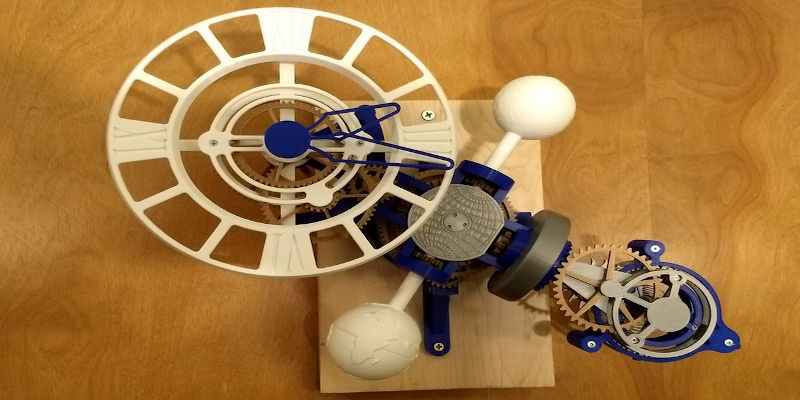
Take this Triaxial Tourbillon Clock, for example.
Upgraded from the original design, it’s a fully functional clock that features better weight balancing and ball-bearing support to improve integrity as well as an overhauled internal mechanism to improve timekeeping accuracy.
Self-Winding Pendulum Clock
- Download: Thingiverse
- Designer: krahut
- Price: Free

One of the coolest clocks I found that’s great as an engineering project is this self-winding pendulum clock. It’s a little more complicated for those of you looking for a challenging next project or engineering students wanting to expand their skills further.
Born as an upgrade to a previous pendulum clock design, the creator decided to make an even more complex self-winding mechanism that should keep itself going automatically for up to 200 days.
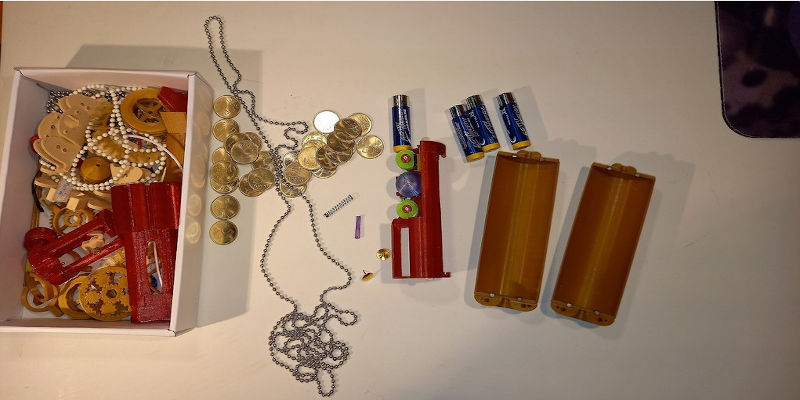
If you want to give yourself even more of a challenge, then why not try your hand at improving the mechanism from the files here to further increase its accuracy or lifespan?
Smart Clock
- Download: Thingiverse
- Designer: Surrbradl08
- Price: Free
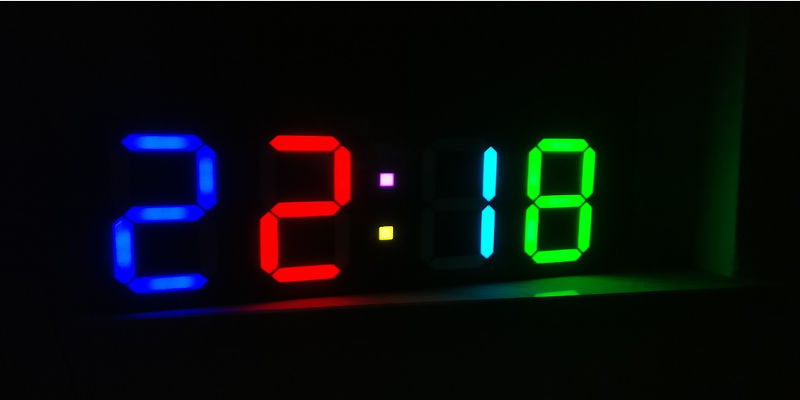
If you prefer your timepieces on the digital side, or just prefer electrical engineering to mechanical, you can find plenty of awesome 3D printing projects like this smart clock to keep your mental motors running.
The thing about the smart clock is that it also requires some coding skills, using software systems to keep it going.
If you happen to have a hand in computer science as well as hardware technology, then it’s a great way to exercise multiple skills at once. If you don’t, however, then it could make for a fun collaborative project between engineering students or a joined effort if you want to get a differently-trained friend involved!
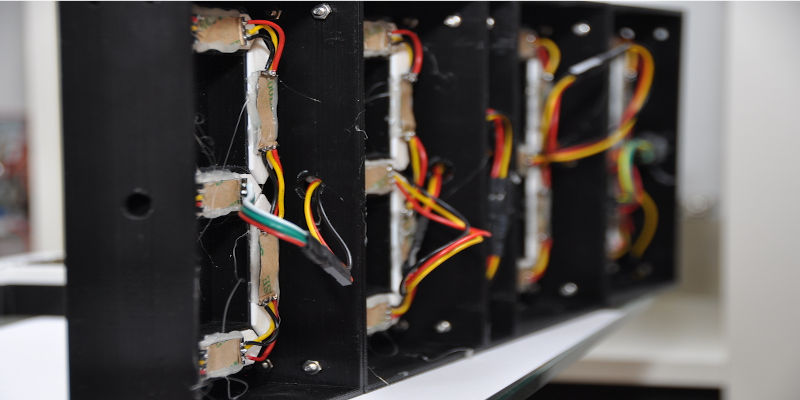
Of course, you can always try your hand at learning to code if you’re interested in using this kind of project as a learning experience.
These are just a few of the coolest clock projects for engineering students out there, but there are plenty more in so many styles and model types that should keep any engineer inspired and interested for a good long while.
RC Vehicles
3D printing toys are a good use of your printer if you have little ones in your life or if you just love to play with things. But as projects for engineers go, they’re often a little too simple.
A great way for engineers to practice their craft while making toys is by 3D printing remote-controlled vehicles.
RC Cars
Example Download: Cults3D
Designers: Varies
Price: Variable
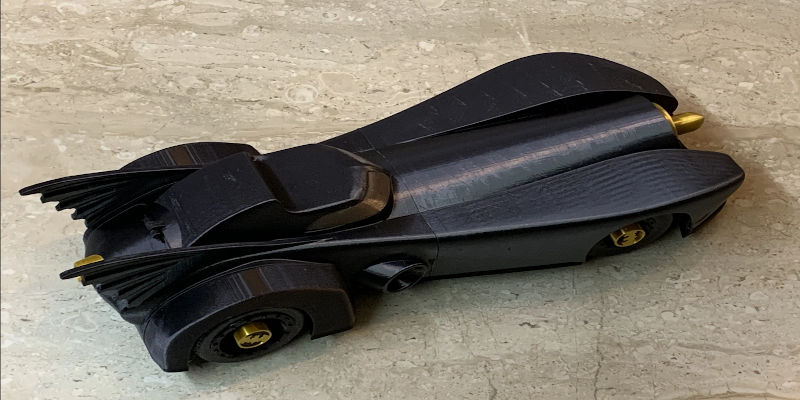
There are a lot of 3D printable RC cars out there, with plenty of models mimicking real-life cars or taking on more traditional toy-like aesthetics and even the Batmobile.
In fact, by wiring up your car to the right size base, you can even make RC cars with swappable chassis for a fantastic, ever-changing toy.
If you’re good with a circuit board, you can make an RC car from scratch with a simple motor and remote sensor.
RC Planes
Example Download: Cults3D
Designers: Varies
Price: Variable

If you really want a challenge, though, then I recommend trying your hand at making airborne RC vehicles. 3D printed RC planes are really fun and a lot of the models online are unfinished and ripe for improvement, which is great news for you fixer-upper-loving engineers and and engineering students looking for some extra credit.
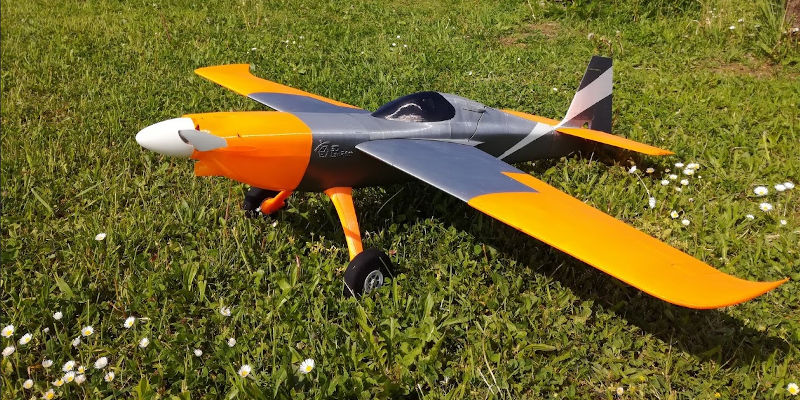
3D printed RC helicopter designs are few and far between, making them an excellent project for you engineers out there looking to make your mark on the 3D printing world.
In basic terms, because they aren’t naturally aerodynamic in shape, you’ll either have to design from scratch or piece together different printed parts like the blades, body, and landing equipment to cobble together your own working RC helicopter.
If you manage it, you can even sell your created design online, as there seems to be a gap in the market for good quality 3D printed RC helicopters out there now. The world will thank you and you could make some good scratch on the side.
RC Drones
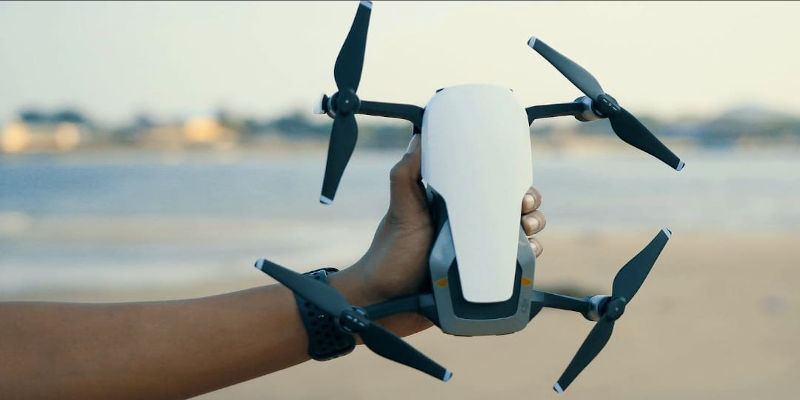
If you’re still feeling more adventurous, a lot of engineers have taken to 3D printing their own drones as personal DIY project endeavours, some are even created with stands for Go-Pros, for more memorable excursions outdoors.
Like clocks, 3D printing drones can be as complicated or as simple in concept as you like. The real trick is getting your designs in the air, but once you do it you’ll know just how satisfying that particular feat is.
Turbines
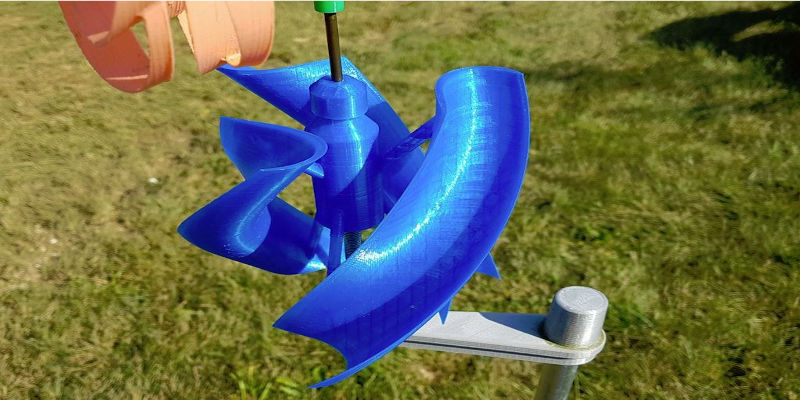
If you’re a dedicated engineer, you’ve probably already either learned or figured that it is possible to make turbines with a 3D printer. As you can see in our article here, wind turbines, both decorative and functional, are possible to 3D print.
While you can make wind turbines that are purely for aesthetic purposes, like a more complicated pinwheel, you probably aren’t here for that, and are instead looking for a DIY project that can actually power electronics.
So 3D printing wind turbines that actually generate energy is what we’ll look at here. Not only are they immensely satisfying to complete, they’re also great projects for engineering students who want to make something as impressive as it is practical.
If you’re an engineer looking to make your life a little eco-friendlier with your own designs, then 3D printing turbines for electronics is a fantastic way to go.
They are complex and very satisfying to make, if a little involved, and the end result is an alternative to your small-scale energy concerns while helping to make the world a little greener.
Of course, unless you have a lot of time on your hands, you shouldn’t expect to go printing something that’s going to power your whole house. But there are some very cool and completely functional 3D printed wind turbine designs.
50-Watt Turbine
- Download: Thingiverse
- Designer: 3dprintable1
- Price: Free
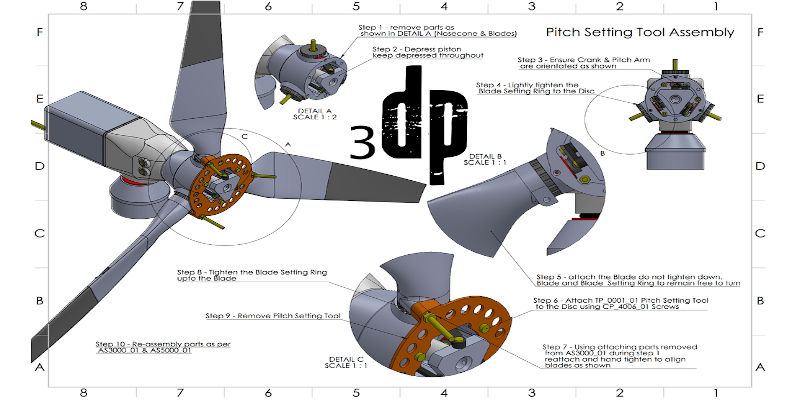
The 50-watt turbine, for example, was designed to need little to nothing by way of post-processing or supports if printed using PLA material, which is quite an apt material for an energy-conscious project for electrical devices.
Those of you who know your filaments will likely be aware that PLA is one of the most biodegradable materials out there, making it one of the greenest.
While you shouldn’t expect this homemade turbine to power your car, it’s ideal for recharging batteries or low-scale home use like outdoor lighting. It is the little differences that all add up after all.
Solar Wind Turbine
- Download: Thingiverse
- Designer: PhilippHee
- Price: Free

This combination 3D printed wind turbine and solar panel is a great project for any engineer looking to go greener still.
You will need some extra components to make it work at maximum efficiency, which you can either buy from the links included by the designer or find your own preferred parts.
The concept behind the design revolves around the solar panel using its stored energy to further power the turbine. But if you’re handy enough, you could work out a more efficient way to employ both power sources for domestic use.
Hydroelectric Turbine
- Download: Thingiverse
- Designer: mochr
- Price: Free

If you’re lucky enough to have a river or stream run by your yard, then you can also 3D print water turbines and use hydroelectricity to power some of your home.
The most impressive one I could find was this functioning model of a hydroelectric power plant.
Robo-Pets
There’s something about having a pet. The companionship is priceless and the feeling of being needed is a sweet one indeed.
Of course, not everyone is lucky enough to be in a good position to have a pet. I know I could never find the time to take care of one. If you’re still in this boat but feel your home could use a little more movement, then why not try your hand at making a robo-pet?
Headless Cat
- Download: Thingiverse
- Designer: JohnThinger
- Price: Free

If you’re newer to the sophisticated wiring that most kinds of advanced robotic pets will need, then you can always practice with the simpler models like this headless cat, a fun project that uses motors and gears (which you can also 3D print) to move around.
Articulated Robot Cat
- Download: Thingiverse
- Designer: ittonru
- Price: Free
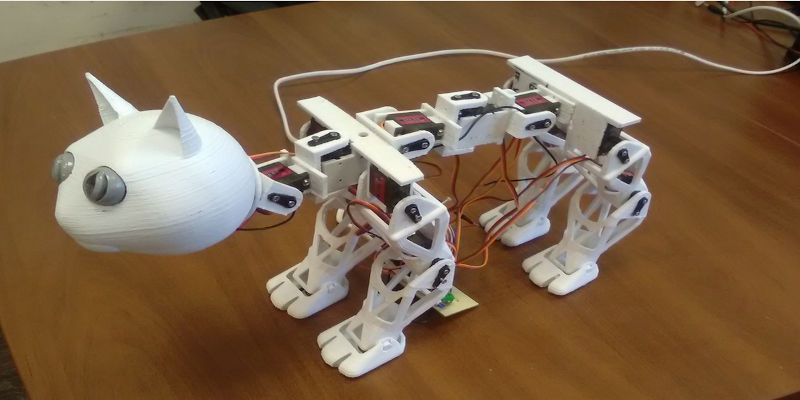
If that’s a little too basic, I found this robot cat with multiple points of automatic articulation to be strangely adorable, and I’m not even much of a cat person.
The details of this cat’s design were so in-depth that the designer even discovered the importance of a cat’s tail while editing!
Arduino Quadruped Robot
- Download: CGTrader
- Designer: cengiztezel
- Price: $15.00

Like the example above, robot dogs don’t often actually look like dogs.
This is because ‘robot dog’ is the name given to most quadrupedal robot designs like this one, regardless of whether or not they were supposed to look like dogs.
That’s not to say you can’t either create your own body and casing to look like a real (or real enough anyway) canine companion.
Robot Dog
- Download: Cults3D
- Designer: K3AVD
- Price: $1.22
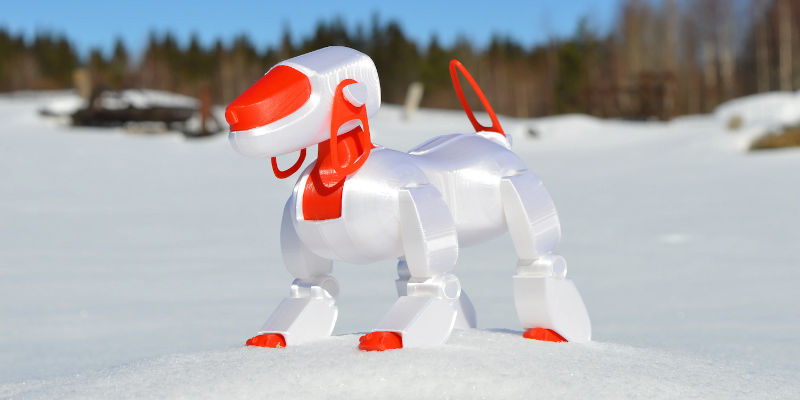
This design looks very professional and pretty cute to match. The only downside is that it was made as a fairly simple and educational example of a robo-pet.
But that shouldn’t discourage those of you looking for a challenge though.
It can become a great 3D printed engineering project by making your own tweaks and, if you can, even coding in your own AI to make a truly functional robot pet.
The possibilities here are enormous.
Depending on your skill level and comfort with electronics and coding, you could over time create an actual, working robot companion with the kinds of features that make it an ideal project.

It’s not just pets that you can make either.
Robot Arm
- Download: Pinshape
- Designer: nwayland
- Price: Free

This robot arm with impressively balanced weight distribution and full articulation is an excellent project that’s both educational and fun to use. It will take a bit of doing, but you’ll have this thing passing you drinks or parts while you’re working in no time.
Of course, it’s not the most efficient of desktop helpers, but as a 3D printer engineering project, this robotic arm should satisfy that itch to make something as cool as it is complex. You can also help with this project’s development process by using the STL files here and improving the robotic arm to be more useful, dextrous, and multi-functional.
Drawing Machine
Download: Printables
Designer: CYUL
Price: Free
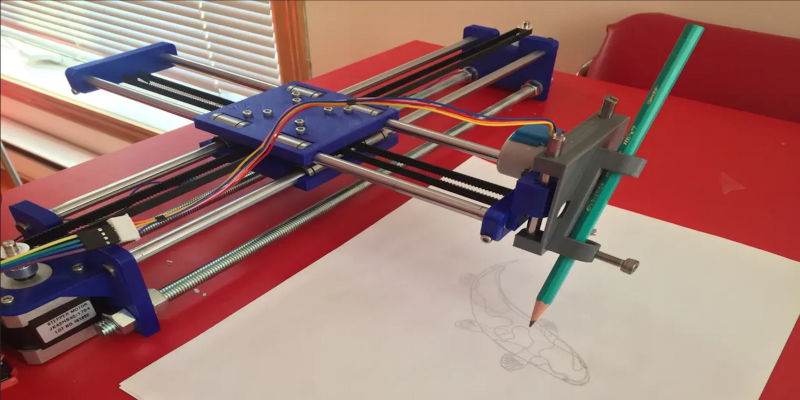
As well as robotic arms, you can also 3D print a drawing machine for a more creative spin on an engineering project. Similar in concept to CNC machines or laser cutters, the drawing machine can be programmed to follow a specific ‘route’ while holding a pen or pencil to draw any given image automatically.
A drawing machine makes for an excellent project for engineering students as it combines electronics, the 3D printing process, coding, and automation all in a single piece of mechanical machinery.
Orreries
Ending on a personal favorite of mine, orreries have always been really cool to me, and there are some really cool models out there to 3D print, some are exceedingly complex while others are small and simple.
While orreries can be motorized, they don’t have to be.
This makes it a great 3D printer project for engineers who are either not comfortable with or are simply sick of working around electronics.

That is to say, orreries can be considered to represent mechanical engineering in its purest and possibly even most aesthetically pleasing form.
Small mechanical orreries are good starting points, like this work-in-progress mechanical orrery or this oddly cute example including to-scale models of our Earth, moon, and sun.
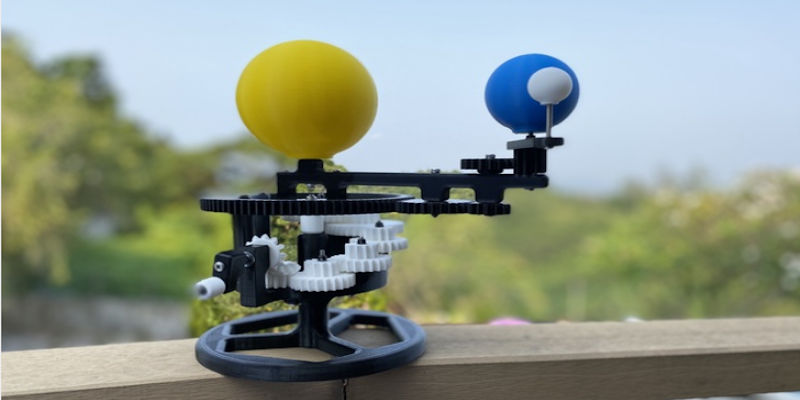
Of course, these are miniature and easy to print, so won’t be much of a struggle for you engineers. For that, I recommend the coolest, multi-piece designs.

My absolute favorite is this mechanical planetarium that stands tall and is accurate in both size and distance between planets.
It’s even been designed so if built correctly, one full rotation of the planetarium is equivalent to exactly two weeks of time.
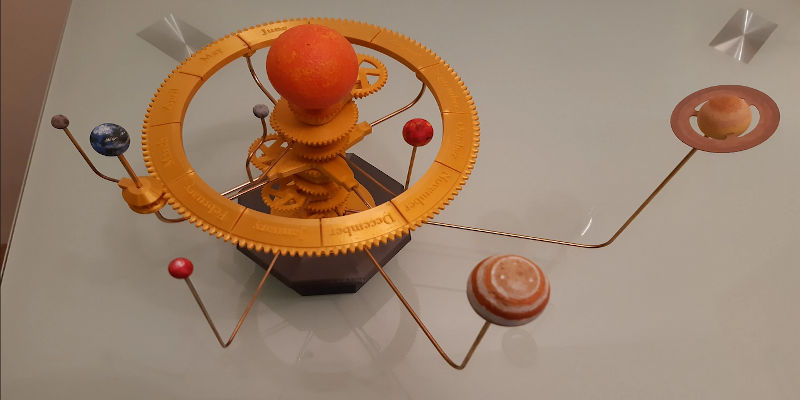
If you don’t have the time or space to accommodate something that complex, I also quite like this smaller, slightly less complicated planetarium that’s still accurately depicting our solar system but on a smaller scale.

As an honorary mention, I’d like to link to this music box orrery. I’ve not tried it out for myself, but the concept seems really cool, even if it only has the Earth.
What is the future of 3D printing in engineering?
3D printing has revolutionized many industries, including engineering. From fast and inexpensive prototyping for things like car parts and other mechanical inventions, to making 3D printed, fully functioning jet engine designs. 3D printing is opening many doors in the engineering world and will continue to play an important role well into the future.
Other articles you may be interested in:
- 13 Great 3D Printing Projects To Try At Home
- Beginner-level 3D printing projects
- The 34 Coolest & Most Useful Things To 3D Print
- 25 Useful 3D Printed Tools You Can Print Today (For Free!)
- 3D Printed Boats
- 4 Ways Militaries Use 3D Printing To Modernize

